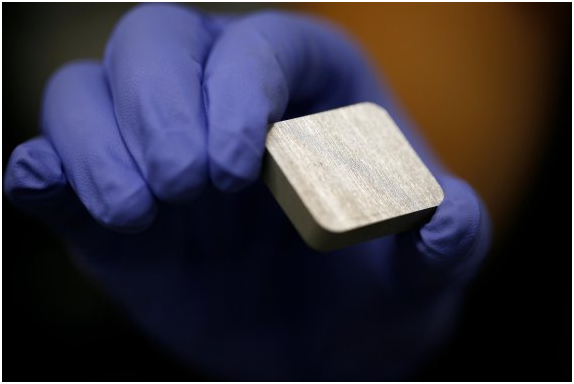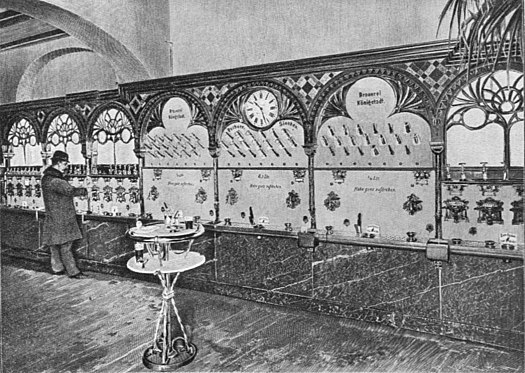TheBeastie
1 MW
QZ released an article on the subject the same day as electrek.co but its a lot larger article and more detailed on the technology..neptronix said:Solid state batteries by 2019? wow.
https://electrek.co/2018/09/11/soli...undai-samsung-breakthrough-electric-vehicles/
In a press release, the company listed a bunch of advantages that they claim their technology has over current batteries:
2 – 3X higher energy vs. current lithium-ion
Substantially improved safety due to the elimination of the volatile, flammable, and corrosive liquid electrolyte as used in lithium-ion
Low-cost battery-pack designs through:
Minimization of safety features
Elimination of pack cooling
Greatly simplified cell, module, and pack designs through the elimination of the need for liquid containment
High manufacturability due to compatibility with automated, industry-standard, roll-to-roll production
Solid Power said that it plans to use the funds from its Series A investment to “scale-up production via a multi-MWh roll-to-roll facility, which will be fully constructed and installed by the end of 2018 and fully operational in 2019.”
It seems there are a lot of new lithium battery companies working on various types of solid-state batteries..
https://qz.com/1383884/a-startup-promising-an-all-solid-state-rechargeable-battery-has-raised-20-million/
Other startups, such as Sion Power, PolyPlus, Solid Energy Systems, and Ion Storage Systems, told Quartz then that they are in the validation phase
All these companies have "Solid State Battery" as the keywords on their website for battery tech description.
https://ionstoragesystems.com/
http://polyplus.com/
https://sionpower.com/
http://www.solidenergysystems.com/technology/
With electrek.co it seems to be their bread and butter comes from being exuberantly hyperbolic.
The QZ article mentions more disappointing aspects of the solid-state battery technology.
But all solid-state batteries have remained technologically unviable. That’s because effectively transporting charges from one electrode to another is inherently harder in solids than in liquids. Even if chemists are able to come up with better conducting solid materials, those materials or their inclusion in batteries becomes prohibitively expensive for a mass-produced product.
This is where Solid Power sounds a lot like Sion Power and their solid-state competitors, where its around 200 cycles and really doesn't like cold temperatures, but still have the amazing claim of 2-3 times the energy.
The startup’s hand-built pouch battery cells—which is the industry standard for testing—can be reliably used for 200 charge-discharge lifecycles, which one expert said is an impressive achievement for this kind of battery at the current stage of development. At 300 watt-hours per kg (Wh/kg) it beats the energy density of current lithium-ion batteries, which come in at less than 250 Wh/kg. But the battery only functions properly at temperatures above room temperature and up to 150°C (300°F).
I posted about Sion Power in the previous page https://endless-sphere.com/forums/viewtopic.php?f=14&t=57256&start=1475#p1375933
This post was about if there is anything truly new in lithium batteries on this now nearly 11year old thread on batteries, the answer is not really, except the Sion Power/Solid-battery technology and it seems pretty ordinary if you ask me, but perfect to justify extra investment money.
Wikipedia has a pretty nasty but I am assuming honest area on this particular solid-state battery technology in its Disadvantages section
https://en.wikipedia.org/wiki/Solid-state_battery#Disadvantages
Disadvantages
Solid-state batteries are traditionally expensive to make[34] and current manufacturing processes are noted to be immune to economies of scale.[7] It was estimated in 2012 that, based on then-current technology, a 20Ah solid-state battery cell would cost US$100,000, and a high-range electric car would require 800 to 1,000 of such cells.[7] Cost is noted to be a factor that has impeded the adoption of solid-state batteries in certain areas, such as smartphones.[17]
In addition, low temperature operations may be challenging[34] and solid-state batteries were once noted for having very poor performance, making their use in rechargeable batteries impractical.[8]
Meanwhile, solid-state batteries with ceramic electrolytes require high pressure to maintain contact with the electrodes.[35] Solid-state batteries with ceramic separators may break from mechanical stress due to their rigid nature.[7]
It makes sense when you weigh up the disadvantages that only BMW etc are throwing a mere $20million dollars at it, and not billions, the tiny amount of money willing to be invested in this tech says that the car companies are willing to throw some mere 'take a shot at it' but its not really that excited or they would be swallowing it up whole.
This is technically good news for Tesla stockholders, because if Solid Power were able to make a 21700 cell with 2-3 x times more power than Tesla can produce, and BMW/Toyota owned the new battery technology then it would be bad news for Tesla. But this doesn't appear to be the situation.
It's great we got a "date" on production, thats the best thing we can ever hope to see.



